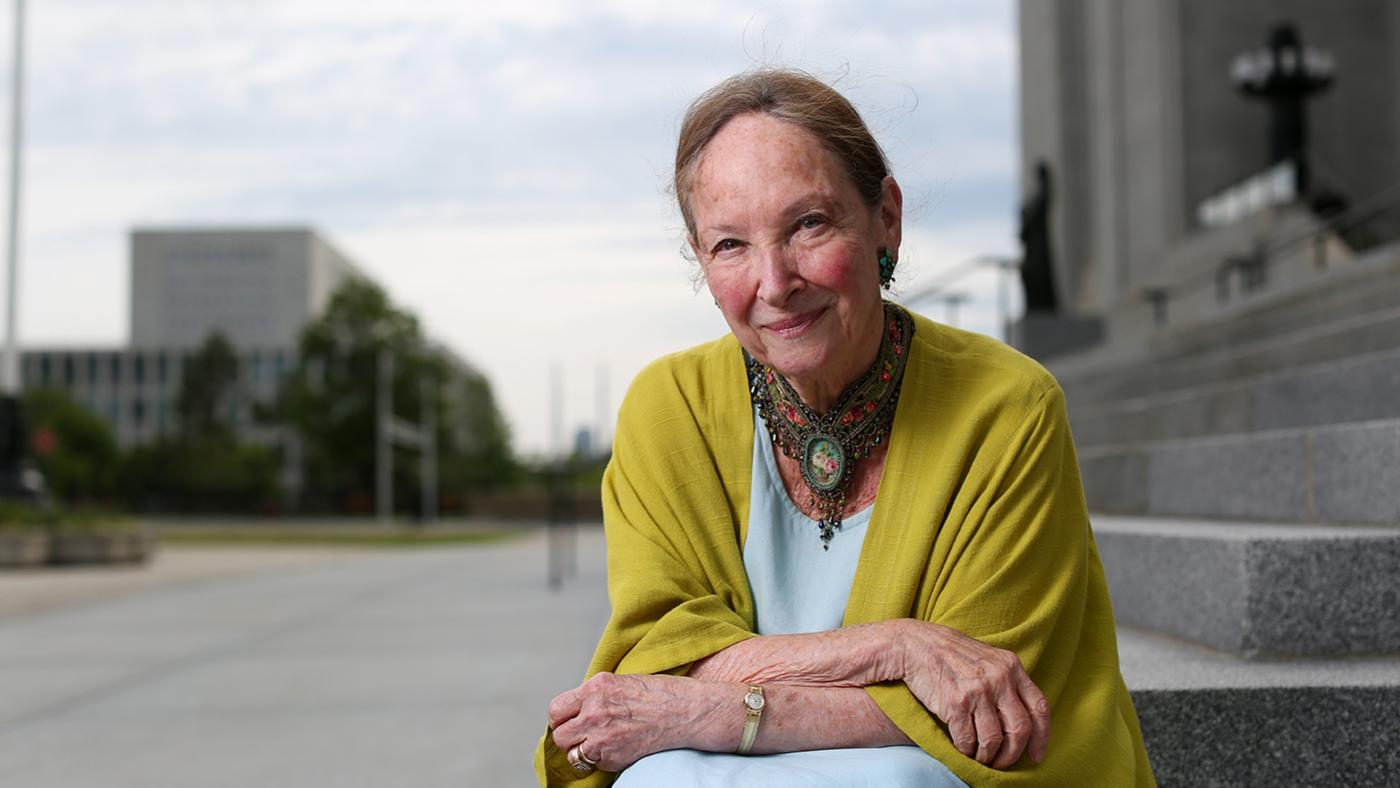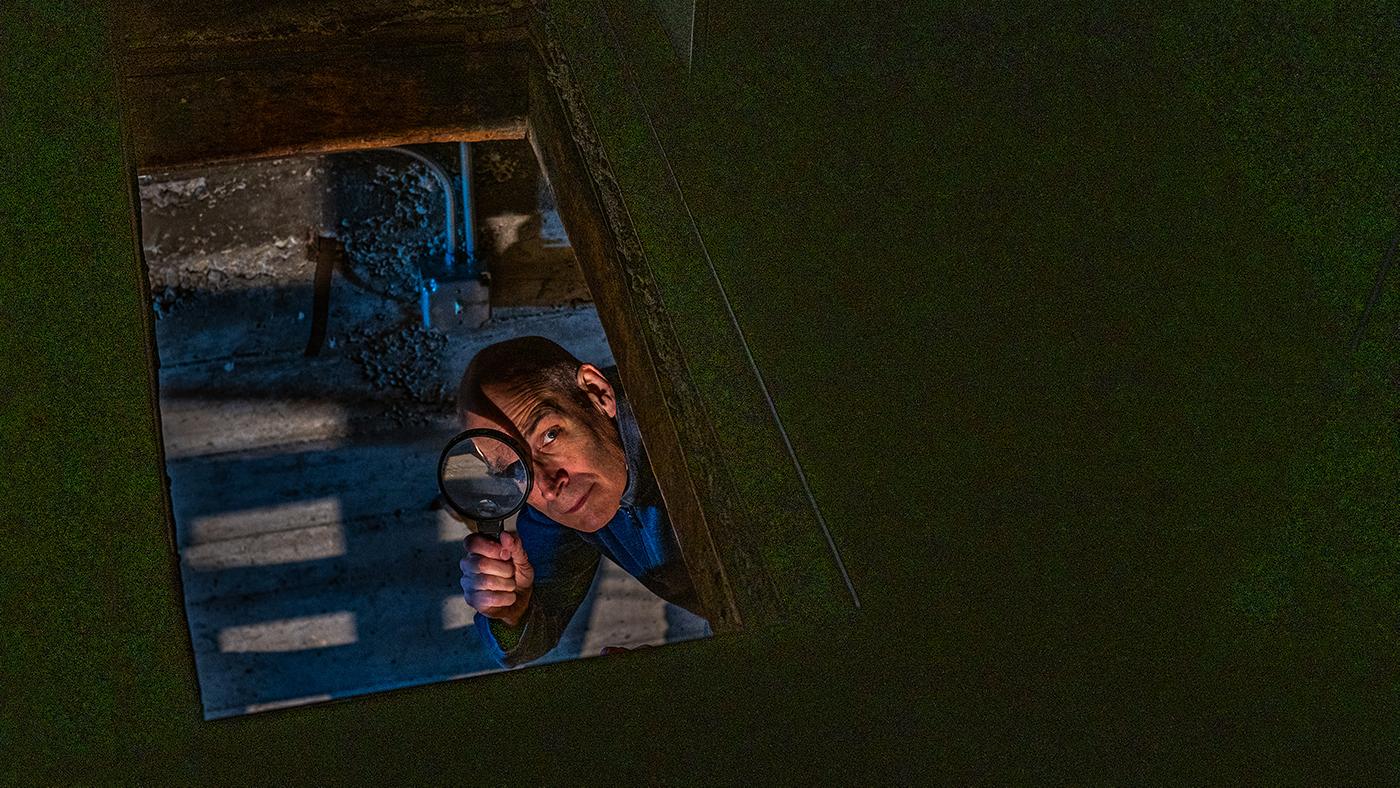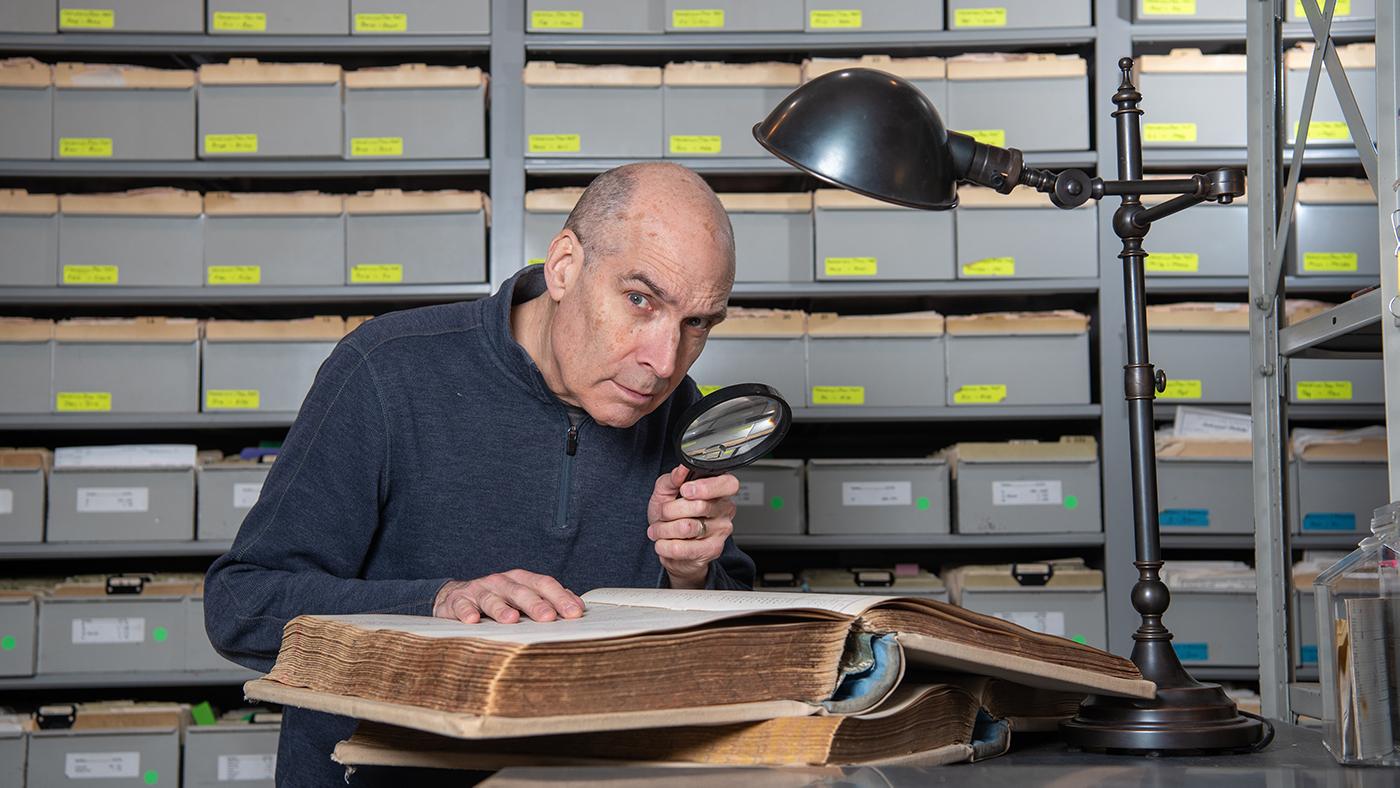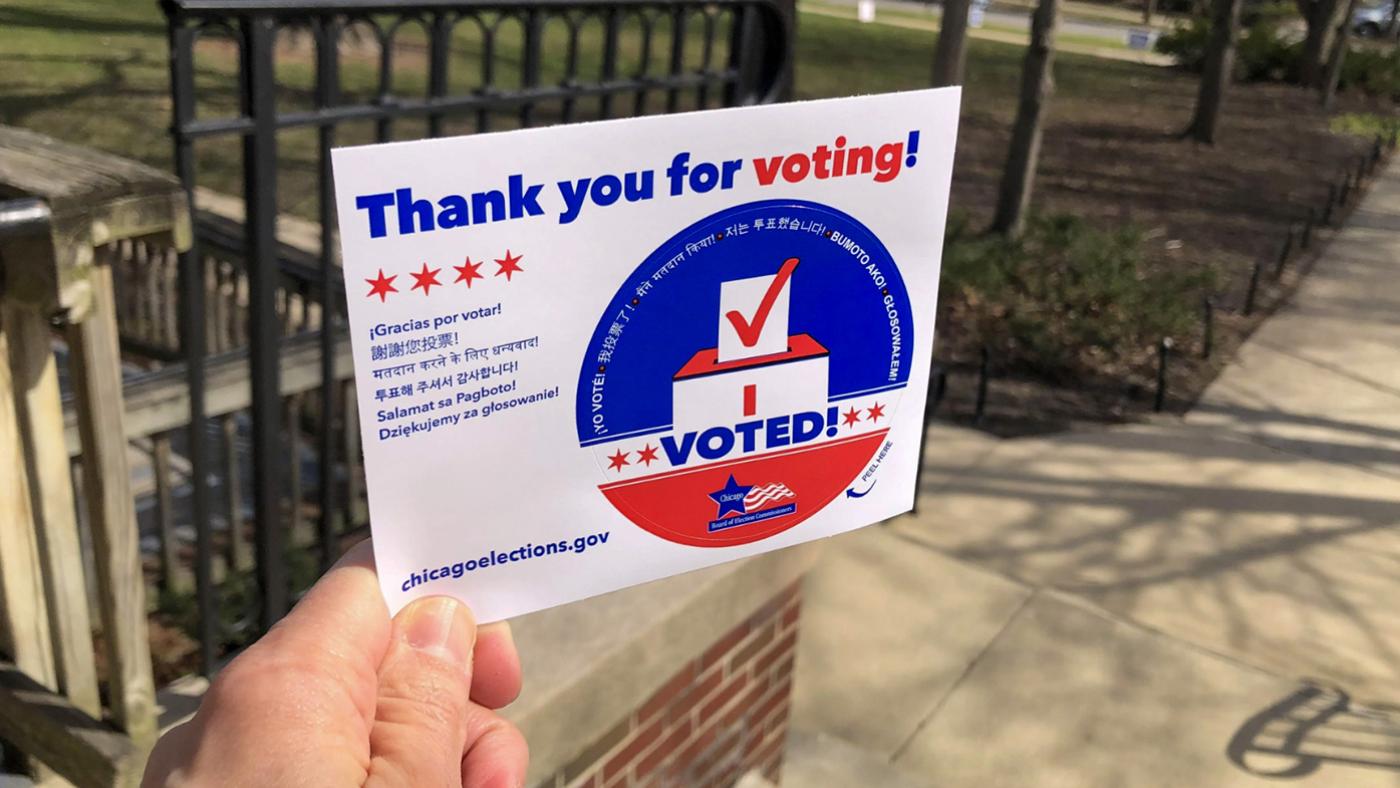Geoffrey Baer on 'The Most Beautiful Places in Chicago 2'
Daniel Hautzinger
November 28, 2023
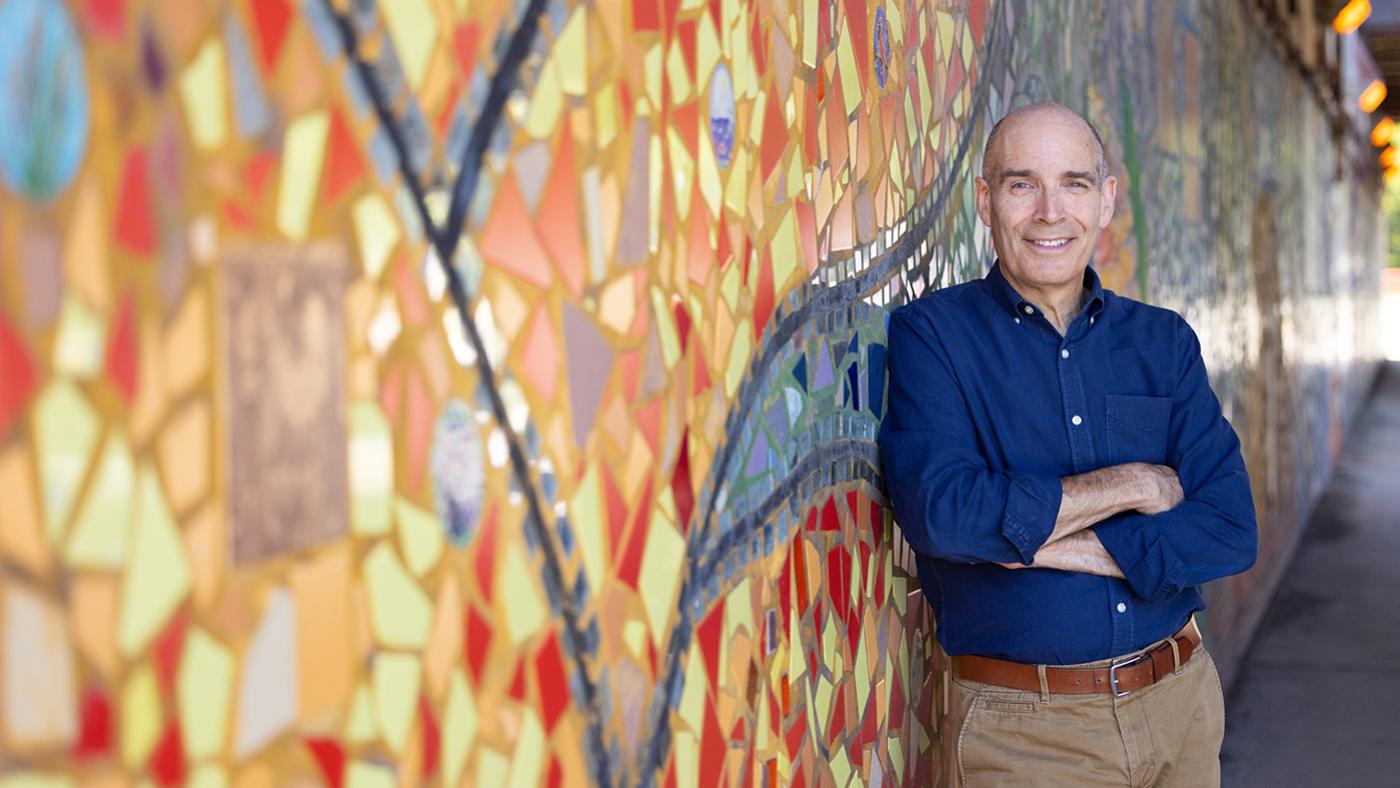
The Most Beautiful Places in Chicago 2 premieres on Monday, December 4 at 7:00 pm on WTTW and streaming on the PBS app. Check out the companion website at wttw.com/mostbeautiful
On Monday, December 4 at 7:00 pm, WTTW will premiere The Most Beautiful Places in Chicago 2 with host, writer, and producer Geoffrey Baer. Viewers will be invited to come along on Geoffrey’s newest journey to discover the stories behind eye-popping spaces and places around Chicago – from sparkling mosaics and historic homes to public parks and gardens to intricate facades and architectural marvels.
We sat down with Geoffrey this month to talk about the show, a few of his favorite locations, and the fascinating Chicagoans who share the places they think are beautiful in the new special.
Why did you decide to follow up The Most Beautiful Places in Chicago with a sequel?
The response to the first program was overwhelming. People let us know that they loved seeing what it is that makes Chicago great, and why they are so proud of the city.
How did you define a “beautiful place?”
In the first show, we really leaned into jaw-dropping physical beauty. In part 2, you’ll see more, including “the Bean” at Millennium Park and the dazzling Tiffany interiors of the Chicago Cultural Center. But what makes these and the many other places we explore in this program deeply beautiful has as much to do with the human stories behind them as with their physical beauty.
Can you give us some examples?
If you’ve ever gotten off Lake Shore Drive at Foster, there’s a mosaic mural that’s twinkly and sparkly and really lights up the underpass – but almost nobody ever stops to really look at it. This stunning public work, called Indian Land Dancing, has an almost folk art quality to it, and the story that it tells is about the Native American community in Chicago. Viewers will hear from the Indigenous artists who took the lead in imagining this beautiful community-made space to serve as an antidote to the more cliché sculptures you see around town and to remind people that Native Americans are still here. They’ve always been here.
Another good example is the Chicago Vocational High School. It has a remarkable and giant classical columned entrance with beautiful relief sculptures of drill presses and T-squares, designed to reference what the students are learning inside. The original plan was to create an inspiring place to signal the future of Chicago as an industrial city and train the next generation of trade workers who would feel proud of their vocation and training.
The architectural critic Lee Bey went there, right? He’s featured in the show.
Yes, Lee’s trade focus at the high school was the printing press and, go figure, he grew up to be an author! In the show, we visit a number of buildings Lee highlighted in his book, Southern Exposure, about under-appreciated architecture on the South Side.
Who else will we meet in the show?
We talk to Gunny Harboe, the most famous restoration architect in Chicago, about his team’s astonishing restoration of the Chicago Cultural Center. I think most people who know the building are aware of Preston Bradley Hall and the Tiffany dome, but there’s another dome in the Grand Army of the Republic Hall that deteriorated over time. During the restoration process, Gunny discovered that a century of paint layers could be scraped off to reveal the original paint that was still there underneath. When you are in that hall today, you will see paint that was brushed on by the people who first finished those rooms in the late 1800s.
In another part of the show, there’s a young ecologist and conservation biologist, Deja Perkins, who is one of the most remarkable people I have ever interviewed. Her mission in life is to help people of color feel comfortable and welcome exploring nature and birdwatching. She speaks very poignantly about how Black people have not always felt safe exploring nature. We venture to Jackson Park with Deja and a group of young people, and I know our viewers will be moved by the conversation. And I got to go birdwatching! It was so much fun.


